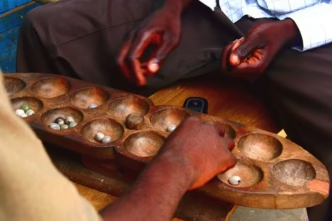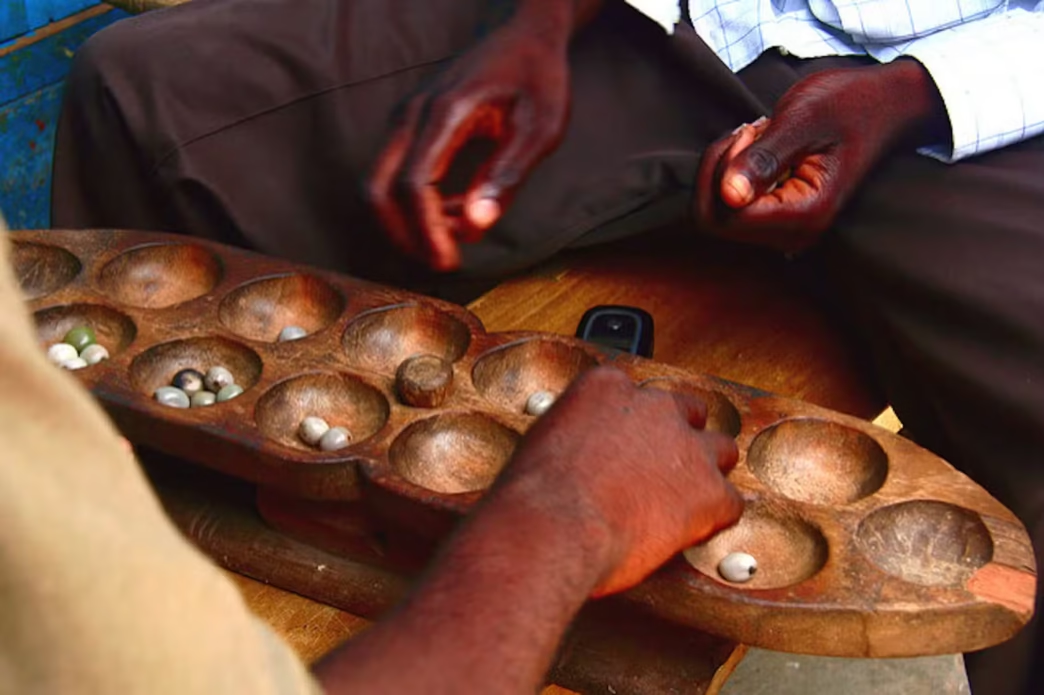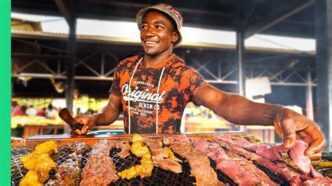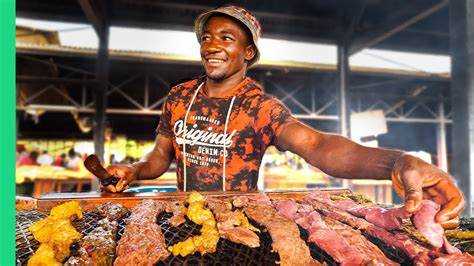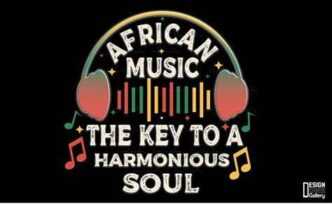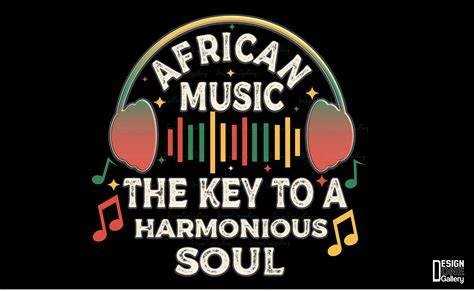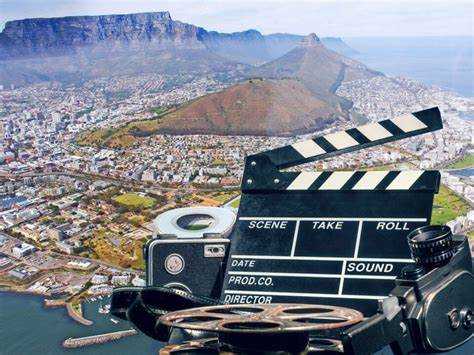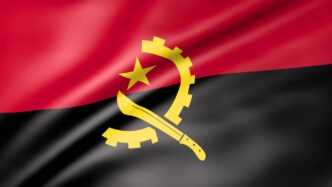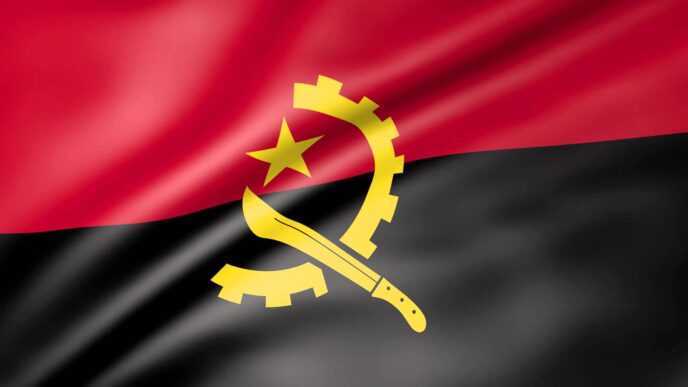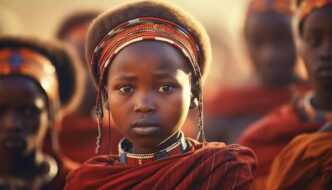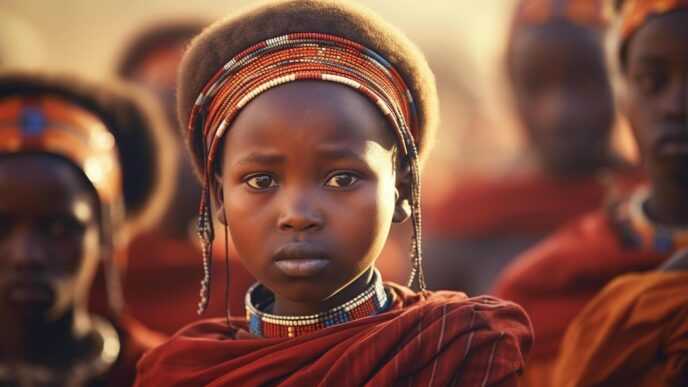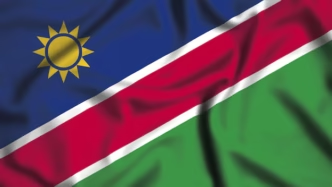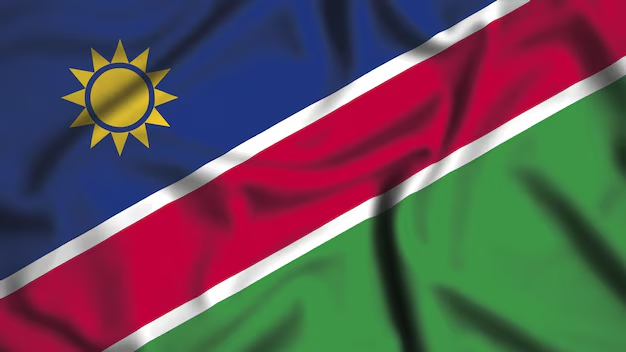Ever wondered how Africans entertained themselves before modern forms of entertainment took hold on the continent? The answer is games. The unique thing you will notice when it comes to African indigenous games as in many other forms of entertainment like storytelling and dance, is that they were not just a means to cure boredom, rather they were deeply imbibed with deeply rooted in local cultures and histories, and possess unique characteristics that make them effective instruments for social transformation. African Indigenous entertainment was generously crafted with deep-rooted lessons about culture, tradition, folklore, and even war strategy. This is why we are taking a look at some unique sports and games that are indigenous to Africa.
Engolo (Angola)
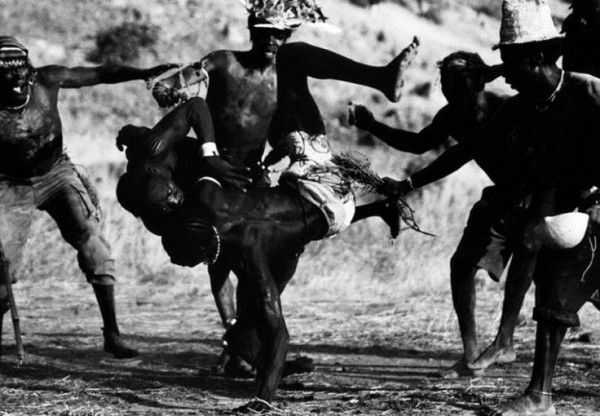
Engolo, also known as N’golo, is a traditional Bantu combat technique from the African country of Angola. Engolo is performed in a circle distinct with singing and music, fusing dance and combat aspects. It is regarded as one of the origin points of the Afro-Brazilian martial art of capoeira. With a focus on inverted postures, the combat style incorporates a variety of kicks, dodges, and takedowns. Engolo, which has significant spiritual importance and frequently involves the possession of ancestor spirits, was originally done during community feasts or ceremonies.
South Africa’s Morabaraba
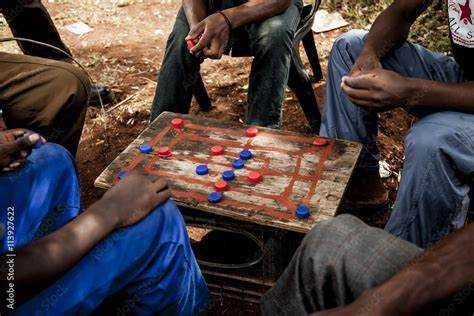
The two-player strategy board game Morabaraba is considered a classic and is played in Botswana and South Africa. This traditional game is comparable to twelve men’s Morris and is also referred to as mela and mlabalaba. To capture their opponent’s pieces, players try to build “mills”—three pieces in a row. The game is rooted in strategy and finesse and is well-liked by young people.
Nzango (DR Congo & Republic of Congo)

Nzango features dancing, singing, gymnastics, and choreography are all combined in the traditional Congolese playground game known as “nzango.” Two teams compete, with individual players taking turns outplaying one another with coordinated foot movements. The game is primarily played by women. The game contains deeply rooted cultural significance which has been featured at the 2015 All-Africa Games.
Omweso (Uganda)
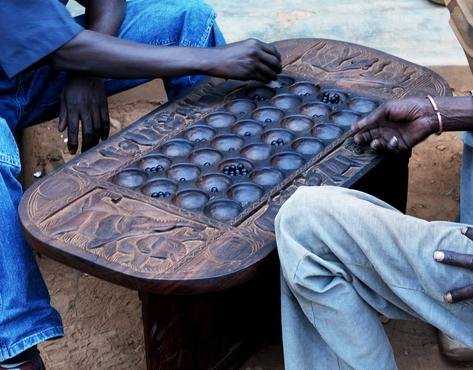
Omweso is a game rich in historical significance, it is believed that the Bachwezi of the former Bunyoro-Kitara dynasty brought the traditional mancala game known as Omweso to Uganda. The object of the game is to strategically sow and capture all of the opponent’s seeds on a board with 64 seeds and 32 pits. The game is well-liked by many Ugandan communities, it relies on strategy and is renowned for its difficulty.
Akseltag
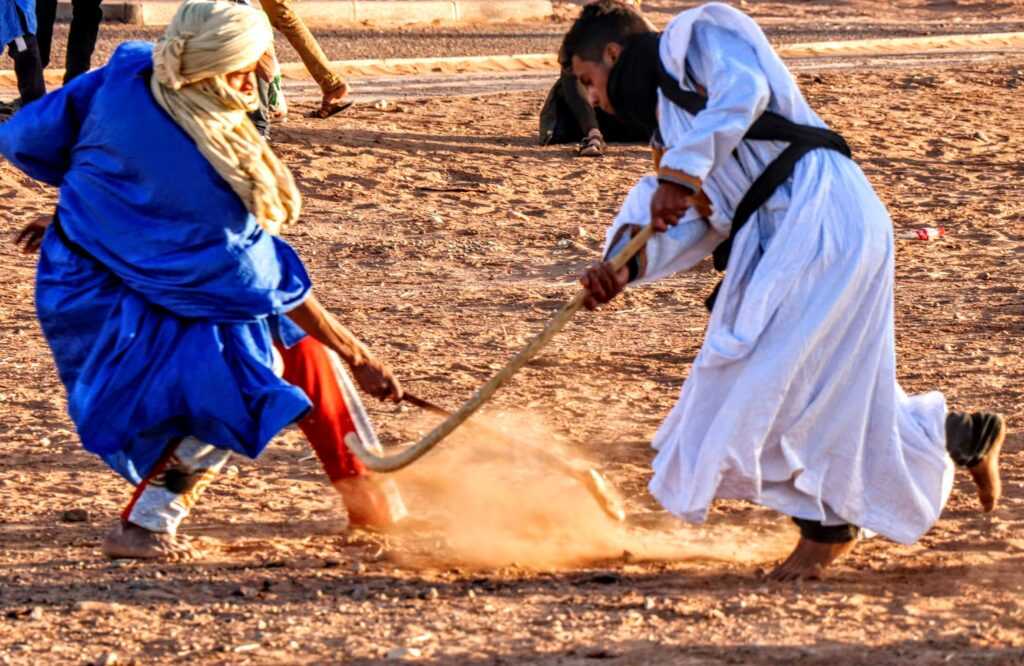
Named “Hockey Saharien” or “El Mekchah,” Akseltag is a traditional nomadic game played by the Tuareg people in the Sahara region of Morocco. It uses curved sticks and a natural-material ball, much like field hockey. The agility and coordination needed for desert survival are reflected in the game, which has a strong nomadic theme.
Nigeria’s Achi
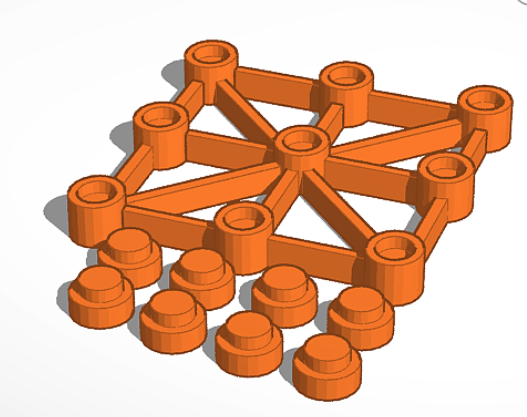
Like tic-tac-toe, Achi is a two-player abstract strategic game. The goal is for each player to line up three of their four pieces in a row on a 3×3 grid. To block the opponent and form winning combinations, players must use strategic thinking as they alternately place and move their pieces.
These traditional games and sports not only provide entertainment but also serve as a means of preserving cultural identity and heritage across African communities.
